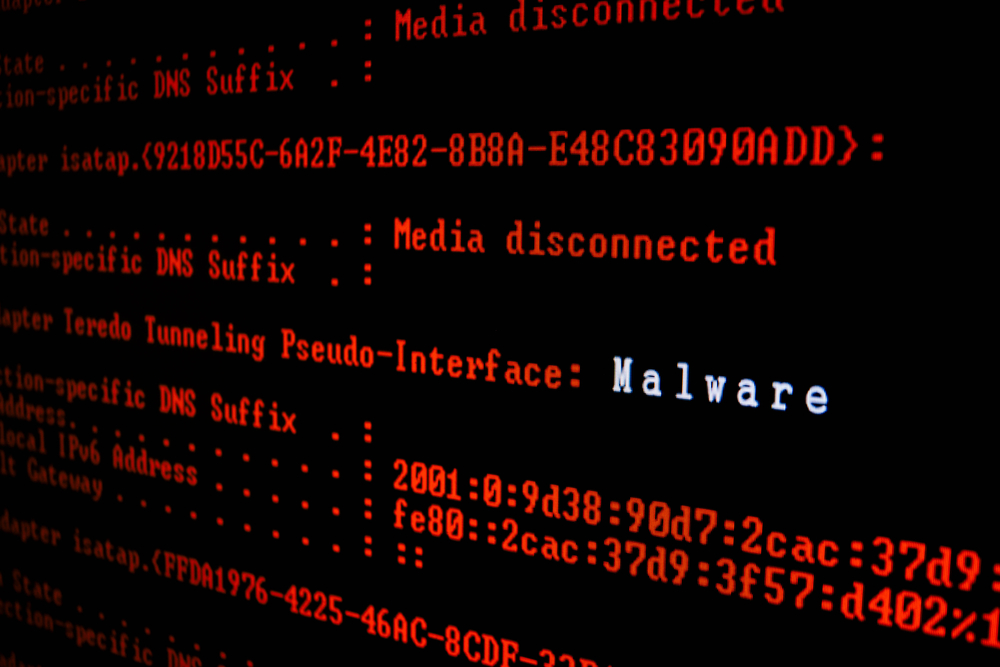Understanding the Differences Between Malware and Computer Viruses
This article explains the key differences between malware and viruses, addressing their types, functions, and how to protect your devices. Learn how malware and viruses threaten digital security, and discover best practices to safeguard your systems from cyber threats effectively.

Understanding Malware and Virus Distinctions
Recognizing the difference between malware and viruses is essential for cybersecurity. While all viruses are a subset of malware, not all malware are viruses. The term "virus" is more commonly used in everyday language. Besides viruses, other types of malware include worms, spyware, adware, Trojans, bots, ransomware, rootkits, dialers, keyloggers, rogue security programs, and malicious BHOs. Between 2000 and 2005, adversaries increasingly developed adware and spyware, prompting robust security responses. Malware poses a significant threat to both mobile devices and computers, spreading rapidly each day.
Differences and Similarities Between Malware and Viruses
Viruses are malicious codes that attach themselves to files or programs and operate without user awareness. Malware, short for malicious software, serves as an umbrella term covering all harmful programs designed to disrupt normal computer functions, including viruses. The confusion often arises because of their similar behaviors and objectives.
Malware and Virus Impact
When a computer experiences crashes, sluggish performance, or unexpected behavior, it’s typically attributed to malware or viruses, which compromise system integrity.
Malware and viruses are dangerous threats that corrupt data, steal sensitive information, and degrade system performance.
Introduction to Malware and Viruses
Originally created as pranks, malware and viruses have evolved into tools for cybercriminal activities such as data theft, spam dissemination, and system sabotage.
Forms and Uses of Malware
Malware appears in scripts, software, email attachments, and even legitimate-looking programs. It is employed to steal data, track user activity, host illegal content, and distribute advertisements. Worms and viruses are prevalent types. They exploit vulnerabilities in operating systems and applications. Protect your devices with reliable antivirus or anti-malware software, and consider professional cleanup services if infected. Restoring or formatting the device removes most infections.
Virus Functions and Objectives
Viruses are designed to corrupt, alter, or damage files by attaching to executable files. They spread through file sharing or downloads, affecting other systems. The primary aim is to modify or delete data, creating inaccessible files. Using antivirus or anti-spyware tools is key for cybersecurity. In severe cases, infected files should be deleted, and the system restored or reformatted.
Types of Viruses
Resident viruses hide in memory and activate when needed, while non-resident viruses attack immediately upon infection. Resident viruses infect memory first, then spread to files, whereas non-resident viruses target files directly and quickly control system operations.
To prevent malware infections, only visit secure websites and download applications from official sources. Free antivirus solutions can offer basic protection, but investing in comprehensive security software is highly recommended for robust defense.










